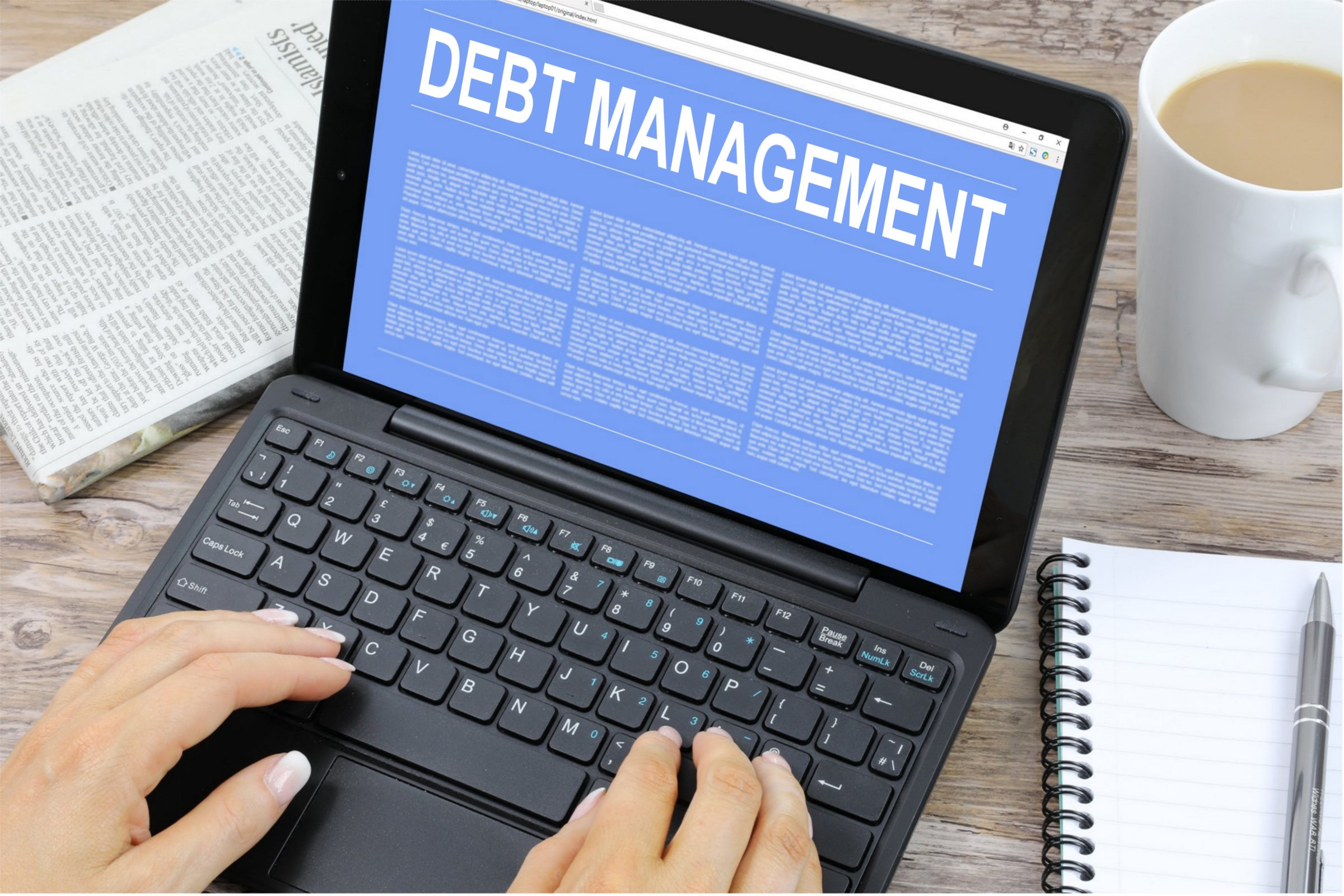Debt is a common issue for many individuals and households, and if not managed properly, it can cause significant financial stress. While taking on debt is sometimes necessary, such as for purchasing a home or starting a business, it’s important to understand the different types of debt, how to pay it off, and how to avoid getting into debt in the first place.
In this blog post, we’ll cover all of these important topics in-depth to help you better manage your debt and achieve financial stability.
Understanding Different Types of Debt
Debt can take many forms, and it’s important to understand the different types of debt and their implications for your finances. Here are a few of the most common types of debt:
- Credit Card Debt: Credit card debt is one of the most common types of debt, and it can be one of the most expensive due to high interest rates. If you’re carrying a balance on your credit card, it’s important to pay it off as soon as possible to avoid accumulating more interest charges.
- Student Loan Debt: Student loan debt is another common type of debt, and it can significantly impact your finances for years after graduation. Make sure you understand your repayment options and develop a plan to pay off your student loans as soon as possible.
- Mortgage Debt: Mortgage debt is a long-term debt that typically comes with a lower interest rate than credit card or other types of consumer debt. However, it’s still important to make sure you can afford your mortgage payments and have a plan in place for paying off your mortgage over time.
- Auto Loan Debt: Auto loan debt is another common type of consumer debt. While a car loan can help you purchase a vehicle, it’s important to make sure you can afford the payments and understand the terms of the loan.
Paying off Debt
If you’re carrying debt, it’s important to have a plan in place for paying it off. Here are a few strategies for paying off debt:
- Snowball Method: The snowball method involves paying off your smallest debts first, then using the money you were paying toward those debts to pay off larger debts. This can help build momentum and motivation as you see your debts disappear one by one.
- Avalanche Method: The avalanche method involves paying off your highest interest rate debts first, then moving on to lower interest rate debts. This can save you money on interest charges over time.
- Consolidation: Debt consolidation involves combining multiple debts into one loan with a lower interest rate. This can make your debt easier to manage and potentially save you money on interest charges.
Avoiding Debt
While it’s sometimes necessary to take on debt, there are also steps you can take to avoid getting into debt in the first place. A few strategies to avoid debt:
- Budgeting: Creating and sticking to a budget can help you avoid overspending and taking on debt.
- Building an Emergency Fund: Having an emergency fund can help you avoid taking on debt in the event of an unexpected expense.
- Living Below Your Means: Living below your means and avoiding unnecessary expenses can help you save money and avoid taking on debt.
Conclusion Debt can be a major source of stress for many individuals and households, but by understanding the different types of debt, developing a plan for paying off debt, and taking steps to avoid getting into debt in the first place, you can achieve greater financial stability and peace of mind. Remember to always prioritize paying off high-interest debt first, while avoiding unnecessary spending, and building an emergency fund to help you in case of unexpected expenses


1 thought on “Managing Debt: Understanding Different Types of Debt, paying it off, and avoiding it”